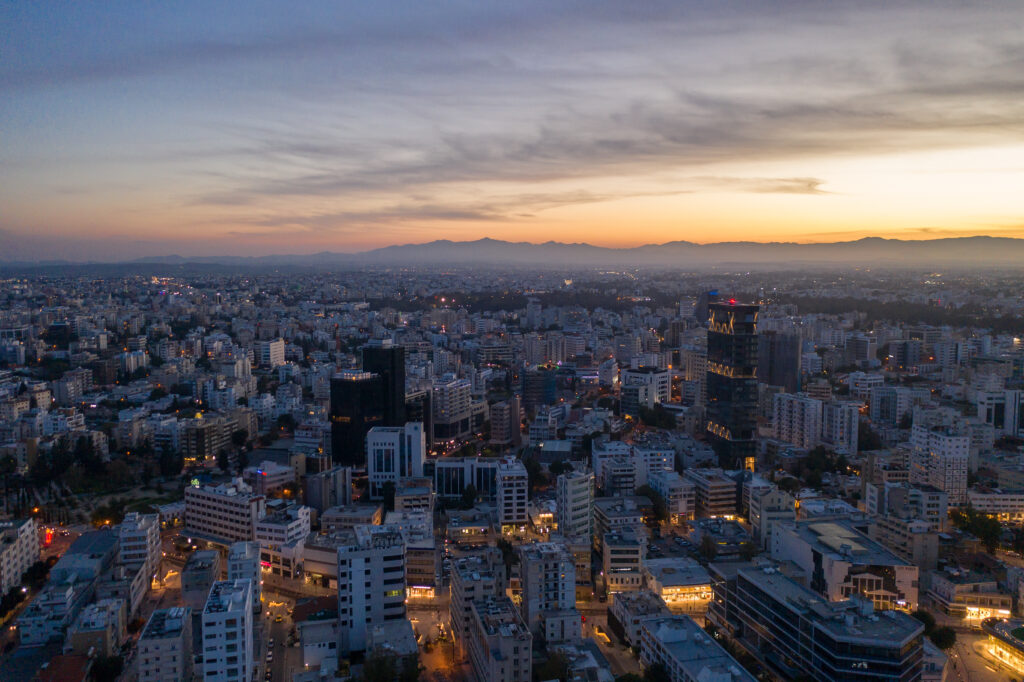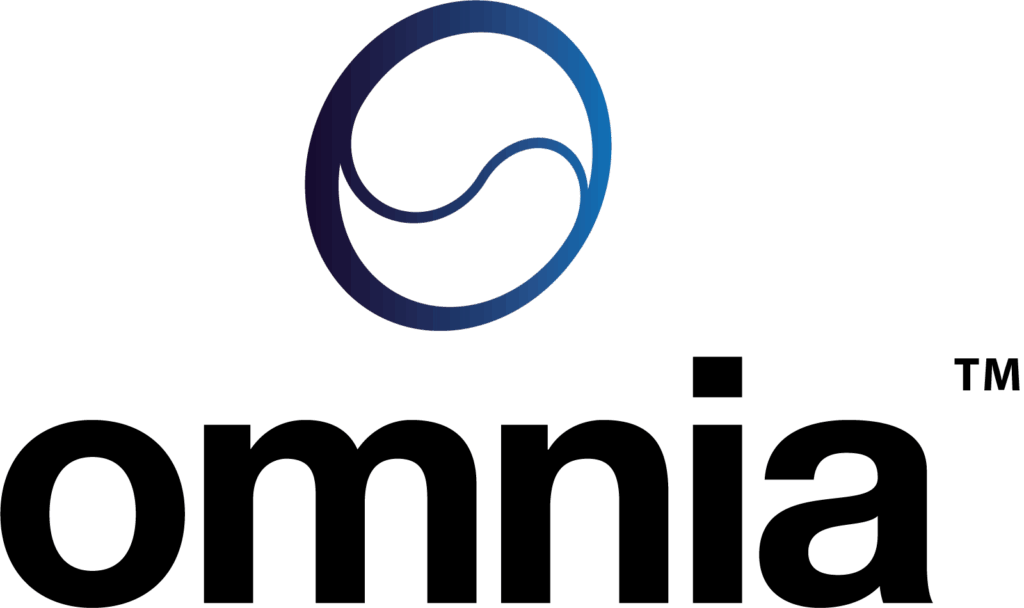Nicosia
Challenge
How can Nicosia efficiently optimise waste collection routes and reduce emissions?
CURRENT SITUATION
Waste collection systems in Nicosia face significant challenges that hinder operational efficiency and environmental sustainability. The fleet of 31 vehicles is largely outdated, resulting in frequent mechanical breakdowns which significantly reduce the city’s capacity to collect waste efficiently. Additionally, the varying sizes of the vehicles complicate operations, as larger trucks cannot access narrow streets, particularly in high-density areas like the old city, making waste collection in these zones challenging.
While the fleet is equipped with GPS systems, the current route planning does not effectively optimize collection routes based on vehicle size, availability, or ongoing breakdowns. This lack of optimization leads to increased operational costs and service delays. The city is also facing pressure to adopt environmentally friendly waste management practices to align with decarbonization goals and climate commitments outlined in local reforms. Additionally, there is a lack of a licensed state facility for receiving and managing organic waste, which complicates the separation of organic waste from household garbage.
In approximately one year, Nicosia will implement a “Pay As You Throw” system, which is expected to significantly impact the volume of waste collected and the planning of collection routes. Ideally, the RAPTOR solution would integrate with this, with a launch of the full system in 2026.
To improve financial sustainability, Nicosia’s waste management operations must optimise routes, reduce vehicle downtime, and enhance overall operational efficiency. By addressing the above challenges, the city can lower operational costs while simultaneously minimising emissions and improving service delivery.
Desired situation
- Route optimisation – a solution which presents the most efficient routes to minimise the total number of waste collection hours, reduce the number of resources required, and target hard to reach areas
- Public engagement – understanding about citizens’ concerns related to improved waste collection
- Roadmap towards lower CO2 emissions – calculations and plans to reduce fuel use (litres/km) and CO2 emissions (tons/year) thanks to optimised waste collection






